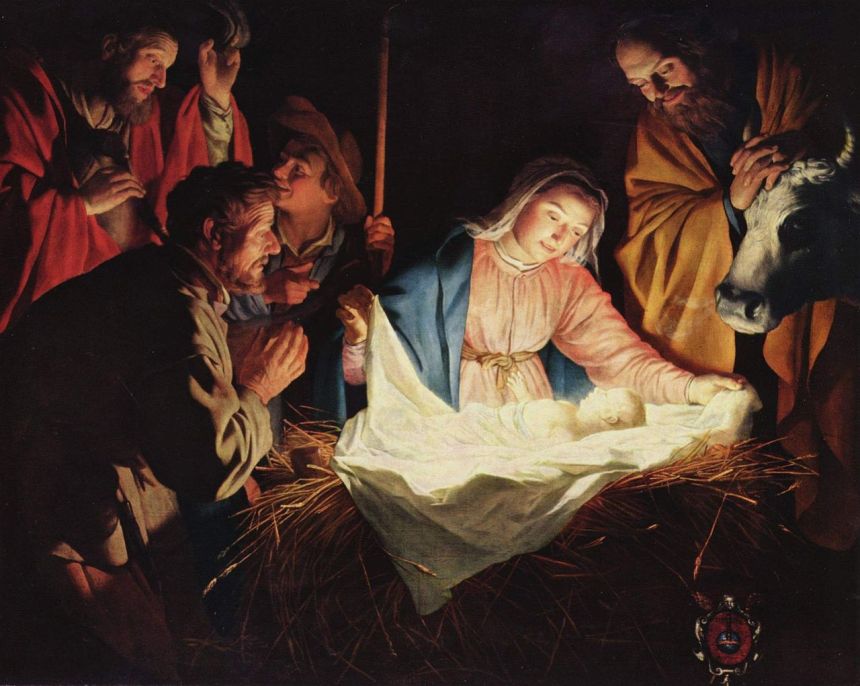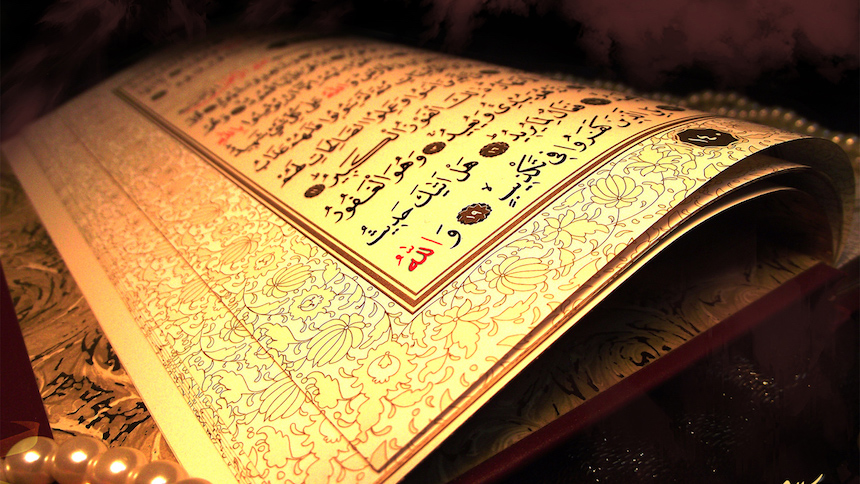Happy Christmas!

"We are travellers…not yet in our native land" – St. Augustine



Today we return (again) to the story of Moses and encounter some notable differences between the Qur’an and the account found in the Hebrew Bible…
Surah 28 – “The story” (Al-Qasas)
We open again with the assertion that the Qur’an is “a clear Book”.
We jump to Egypt and are told about the Pharaoh who persecuted the Children of Israel. The Qur’an describes this rather strangely, saying that “[Pharaoh] made [the people of the land] into factions, oppressing a sector among them”. This “sector” is assumed to be the Israelites. However, things get weirder still. We are told that one of Pharaoh’s ministers is a man called “Haman”. Now, there is a man in the Old Testament by that name, who was indeed a government minister and who also sought the downfall of Israel. However, this man lived in a different land and in a different time period, when the Children of Israel were saved by the intercession of Queen Ester. It should also be noted that the when baby Moses is brought into the royal household, it is Pharaoh’s wife, not his daughter, who is his principal saviour.


Today’s chapter, Surah 27, is quite an extraordinary chapter, focussing in particular on the Queen of Sheba and King Solomon:
Surah 27 – “The Ants” (An-Naml)
We open today’s reading with the affirmation mentioned in yesterday’s passage, that the Qur’an is “a clear Book”.
We have some general statements about prayer, giving and belief in “the Hereafter” (judgement, Paradise and Hell). Those who don’t believe in the Hereafter will receive “the worst of punishment” and will be “the greatest losers”.
The story of Moses and the Burning Bush is briefly recounted. One amusing detail in the Qur’anic version is that when Moses’ staff transforms into a snake, he freaks out and runs away! Another interesting point in this retelling is that the miracle of the staff and Moses’ hand will be “among the nine signs [you will take to Pharaoh]”. This number of signs doesn’t tally with anything we get in the Old Testament, but the number nine does have some signifance in Isalm. We’ll actually encounter it once more before the end of today’s chapter.
The focus now switches to King Solomon, who claims to “have been taught the language of birds”. This doesn’t appear just to be a poetic turn of phrase as events are recounted where he communicates with birds, as well as with an ant.
 Today’s funny comes from CollegeHumor with a wonderfully insightful video about a church for the “Spiritual, not religious”. Warning: contains some salty language.
Today’s funny comes from CollegeHumor with a wonderfully insightful video about a church for the “Spiritual, not religious”. Warning: contains some salty language.


Weighing in at 227 verses, today’s chapter is one of the longest I’ve read thus far…
Surah 26 – “The poets” (Ash-Shuara)
This surah opens with an assertion which we’ll see a lot of in future chapters, that “[the Qur’an is a] clear Book”. I have the suspicion that there is some historical context behind the introduction to this affirmation.
The text then goes on to say that Allah could have sent down some uncontrovertable sign if he had wanted, but that the people have already denied the sign of the earth itself, with its abundance of life.
 It’s Hanukkah, so it means it’s time for a new song from the Maccabeats…
It’s Hanukkah, so it means it’s time for a new song from the Maccabeats…


The last couple of chapters have covered new and interesting material, focussing on the Biblical characters such Moses and the Blessed Mother. Today, however, we return to the Qur’an’s sweet spot: judgment, Heaven and Hell.
Surah 56 – “The inevitable” (Al-Waqia)
A portrait of the Resurrection is painted, a day when “the earth is shaken” and “mountains are broken down”. We are told that mankind will become “[of] three types”:
I’m not exactly sure what makes “The Forerunners” distinct from “The Companions of the right”.